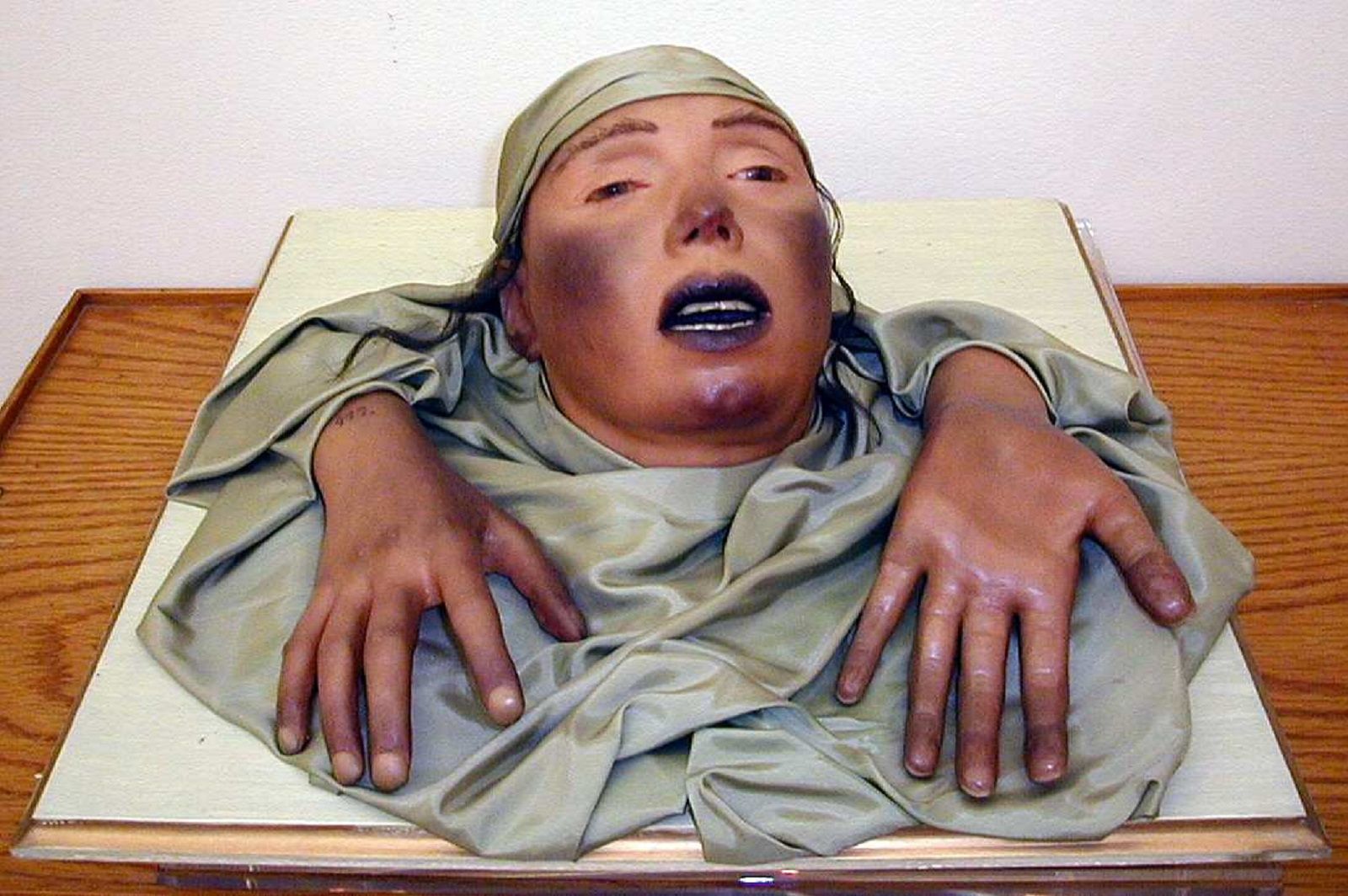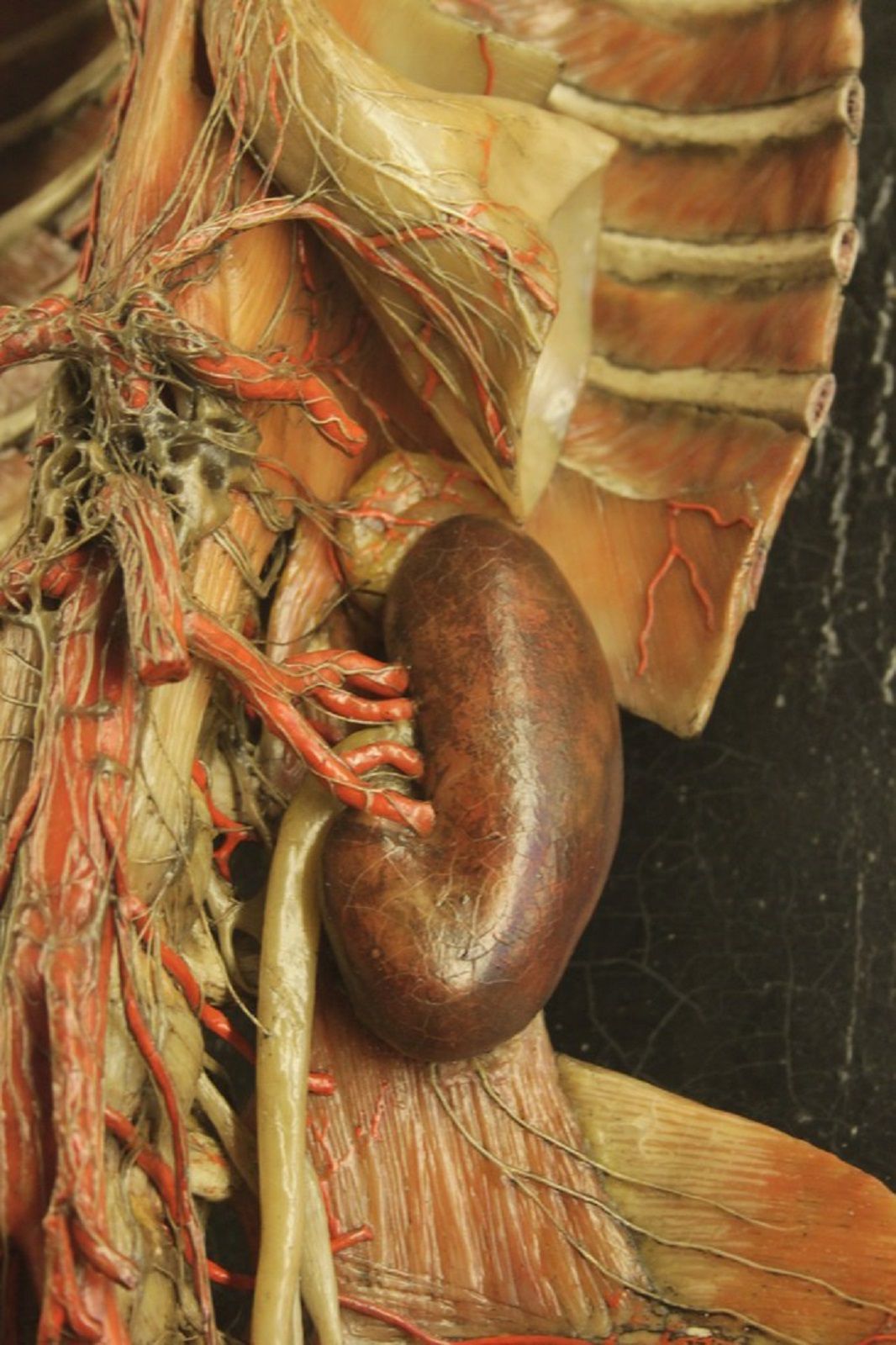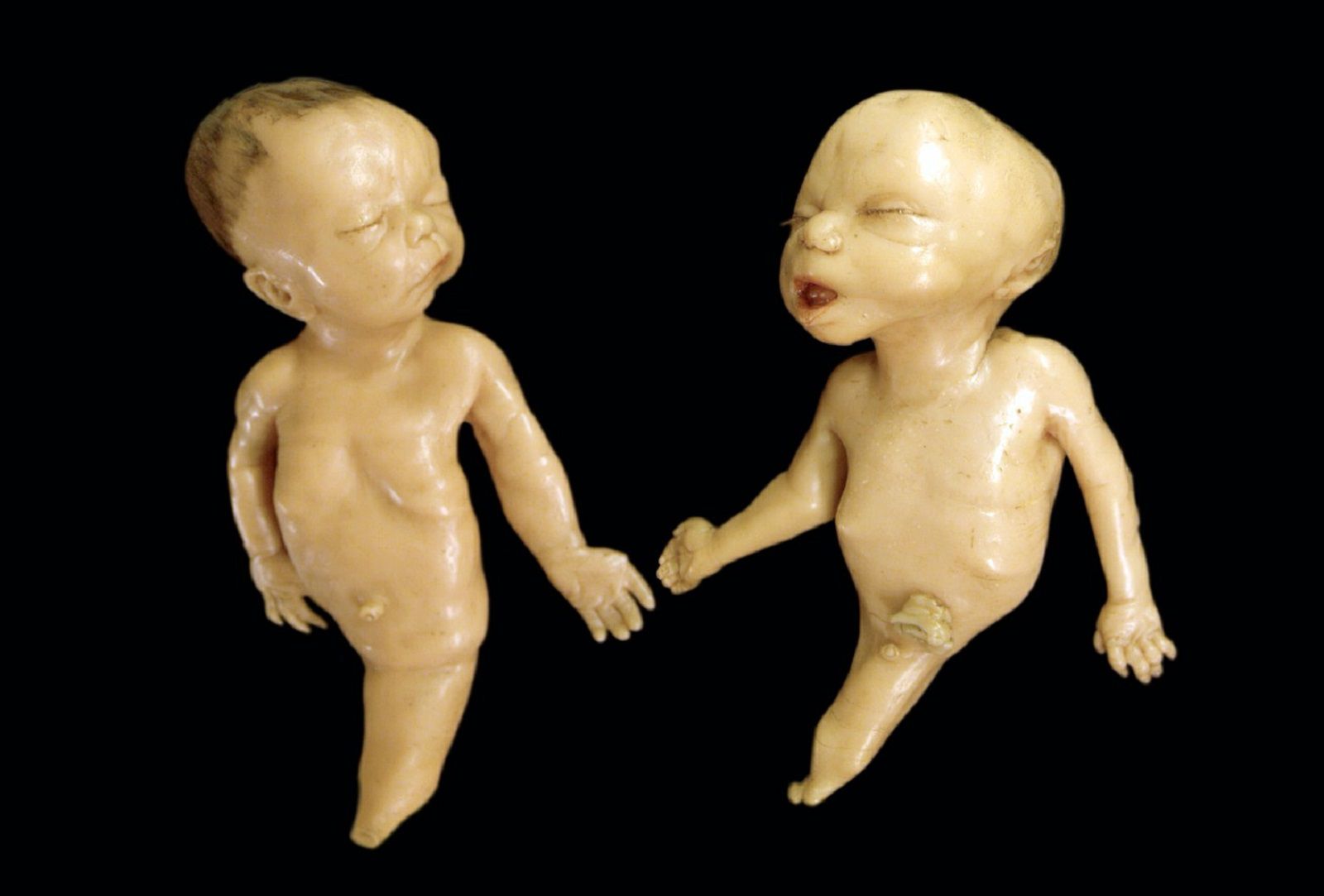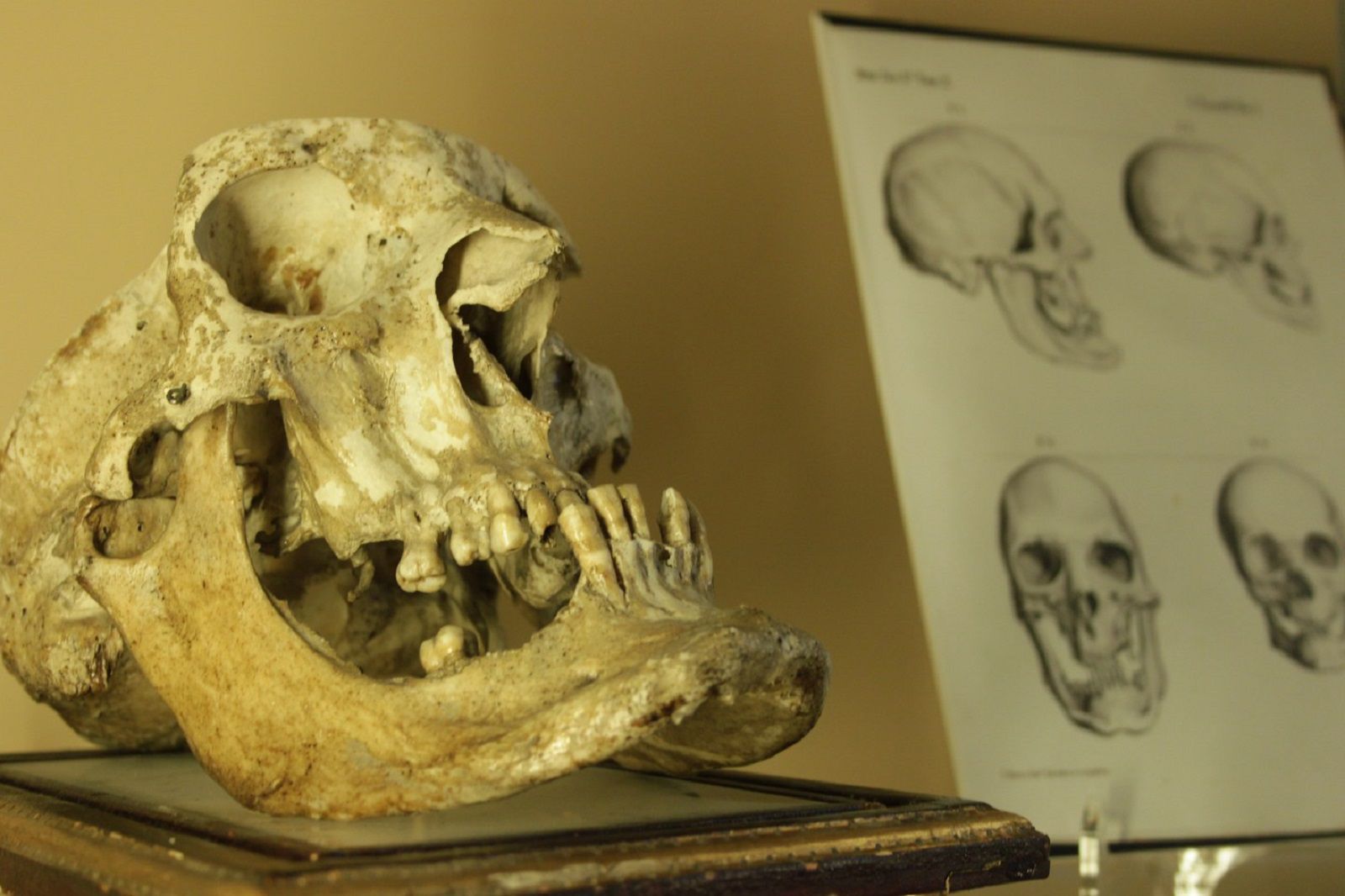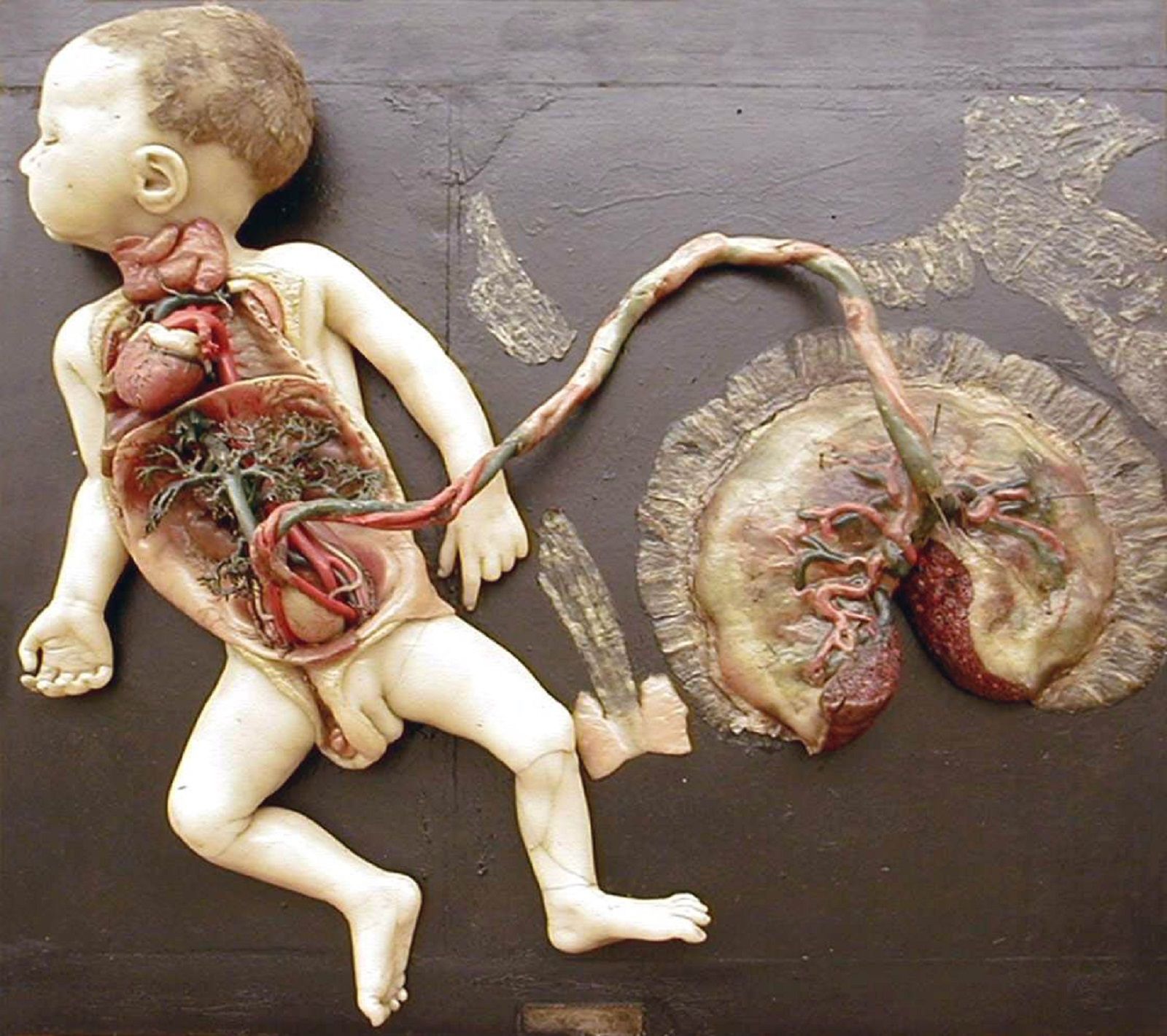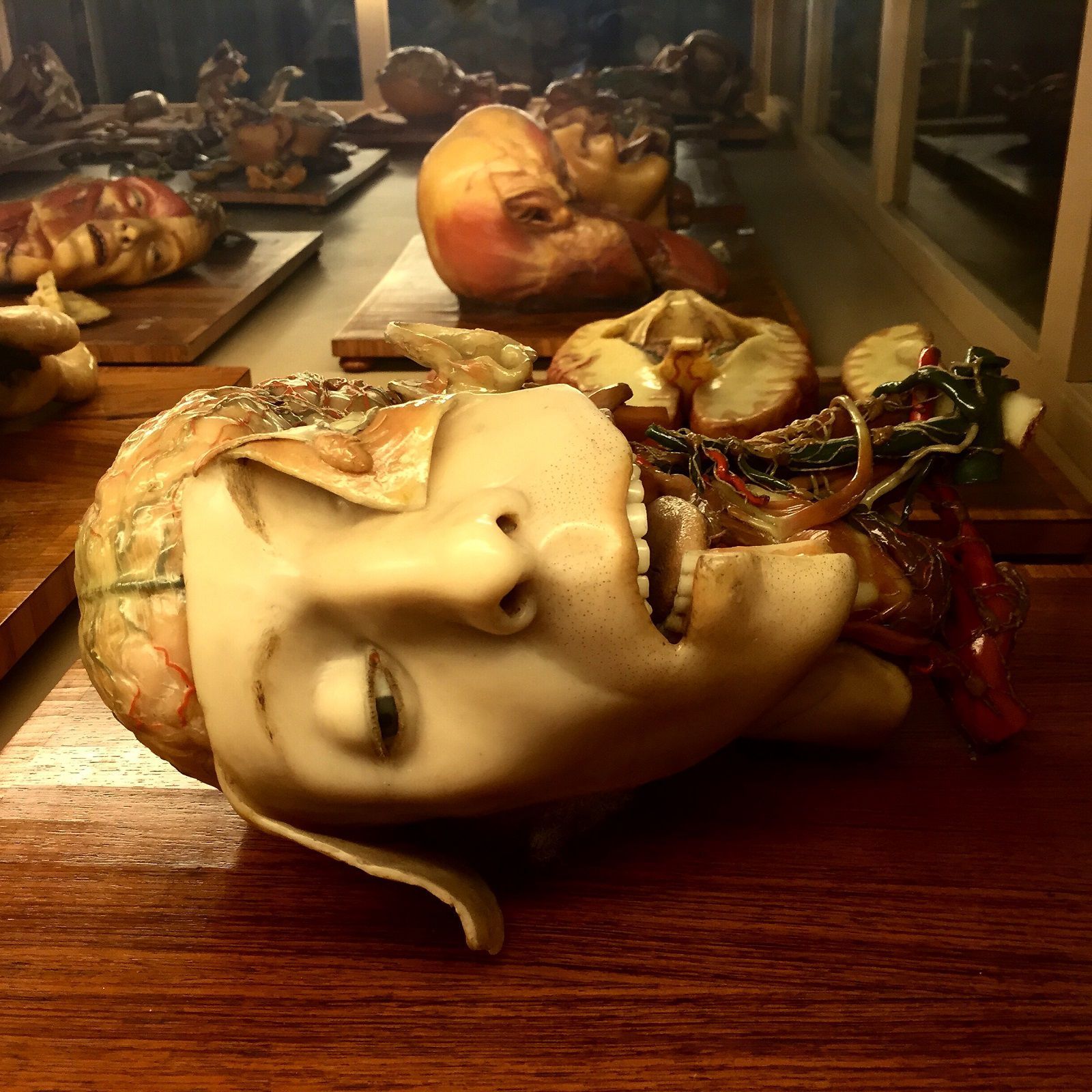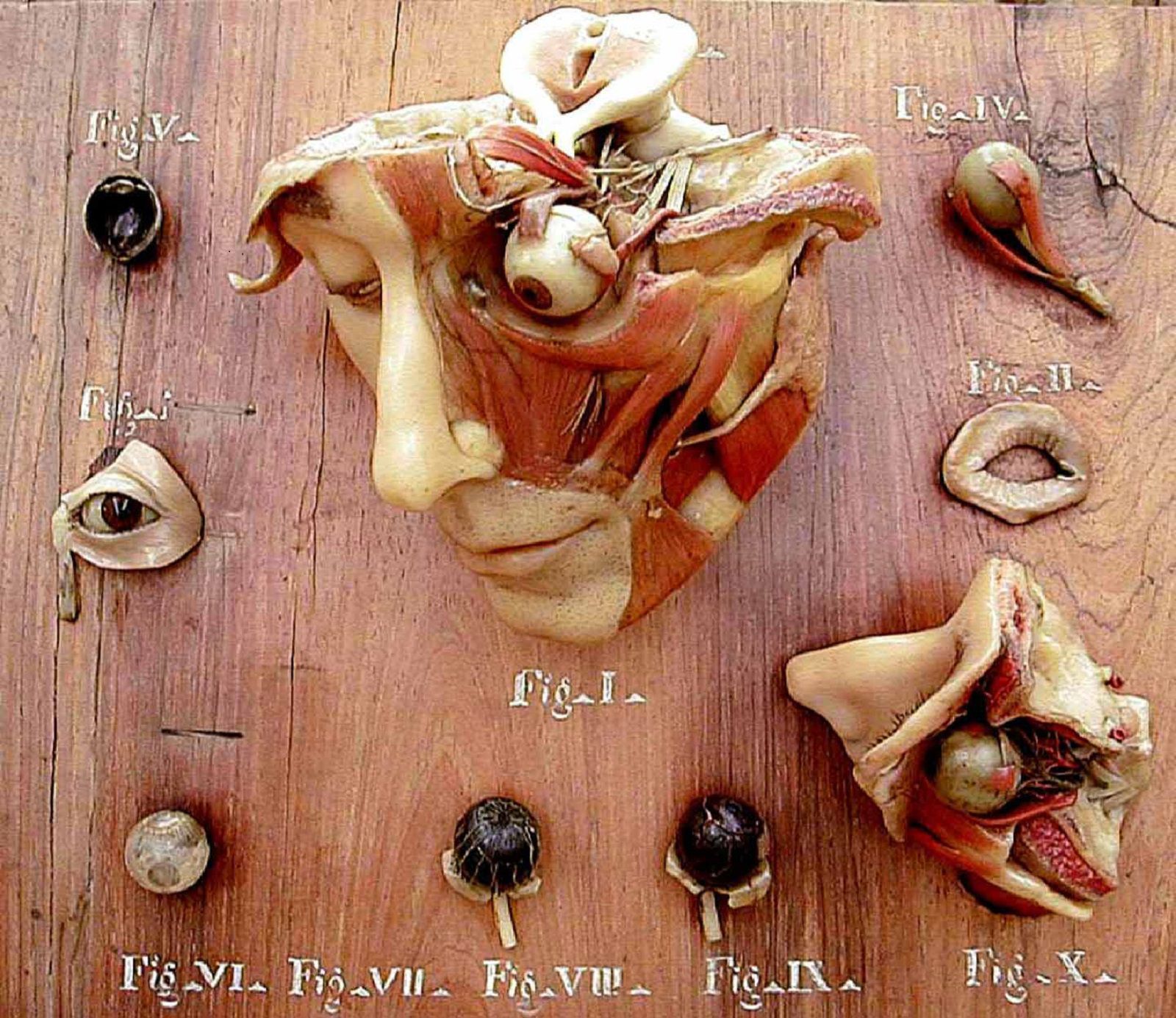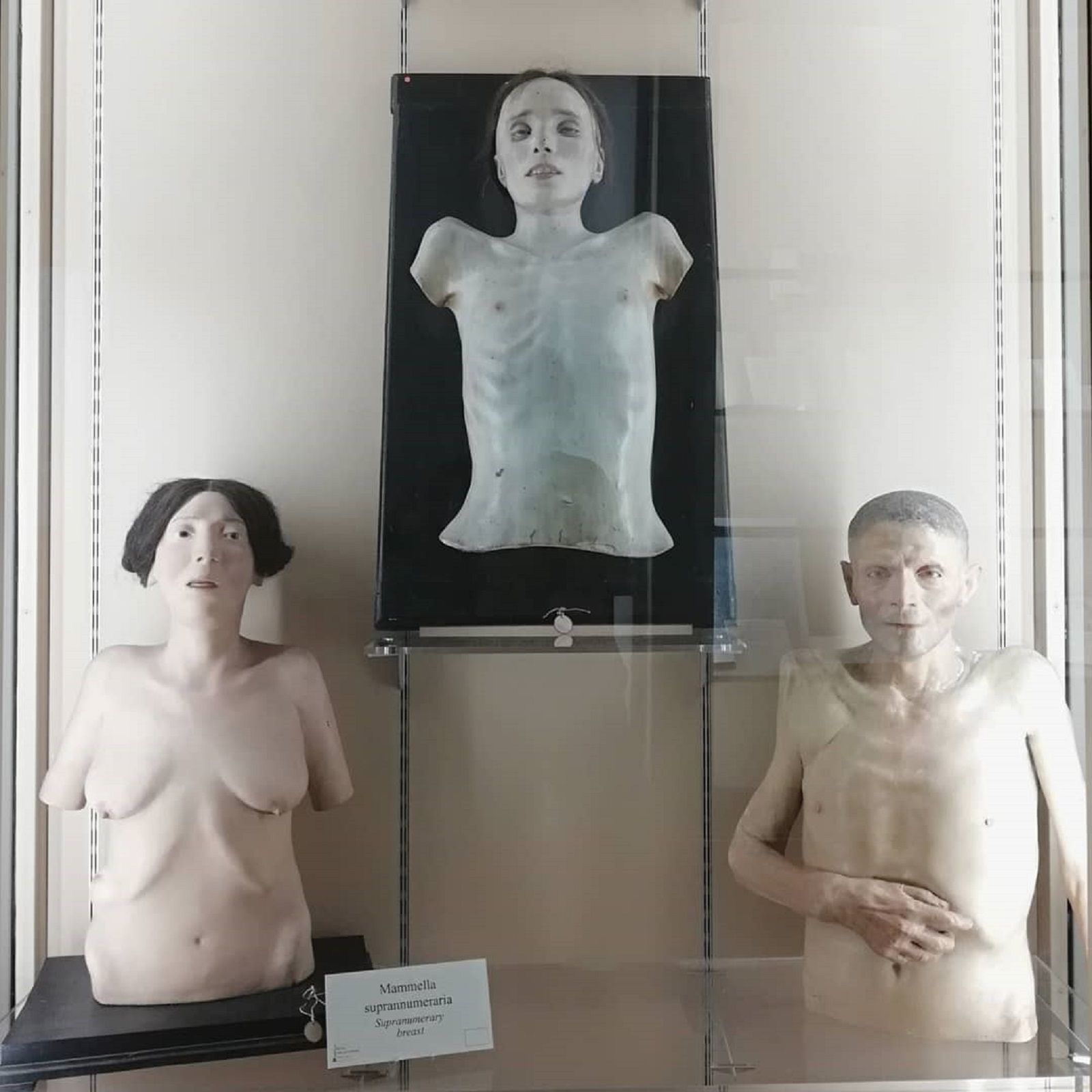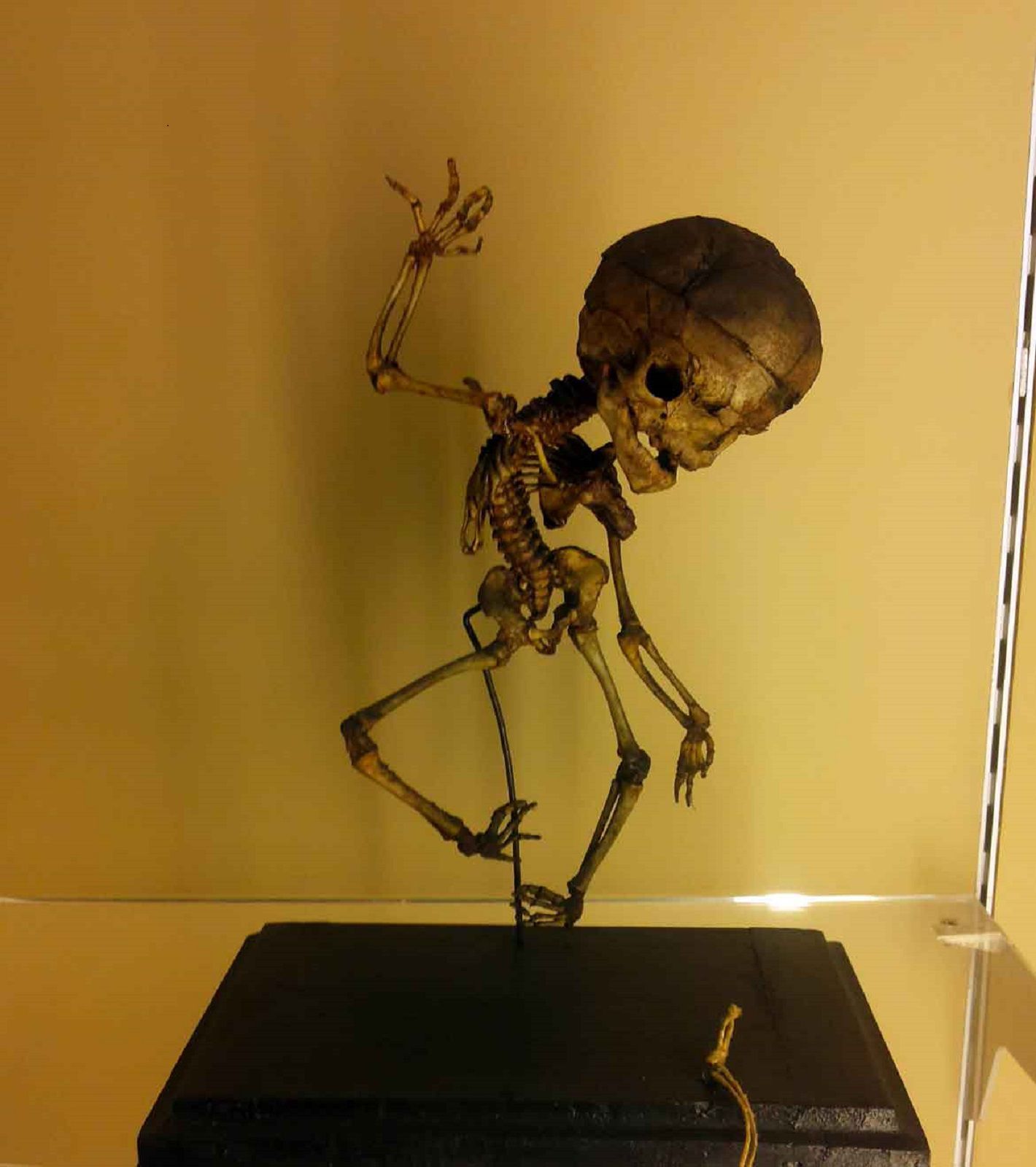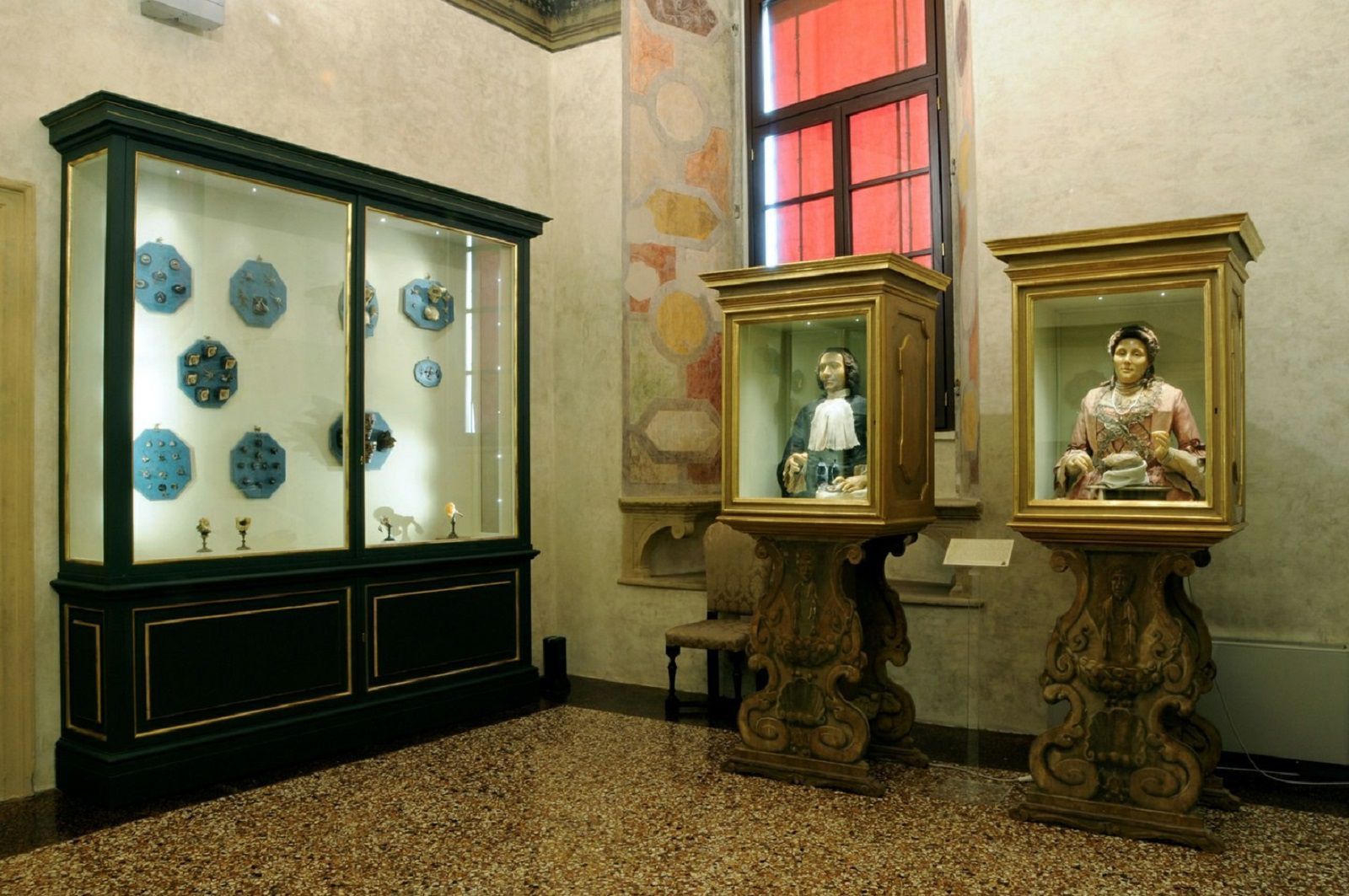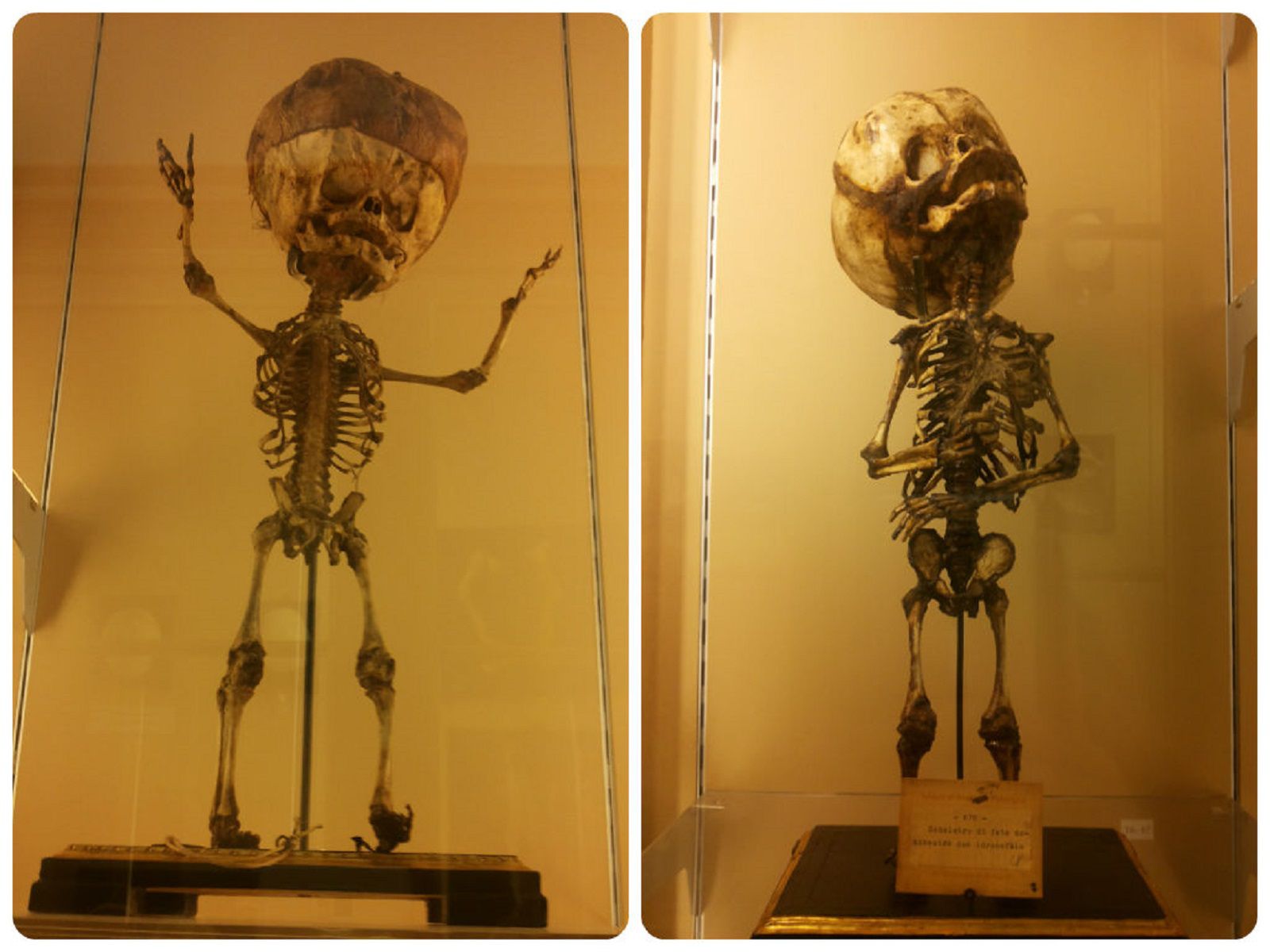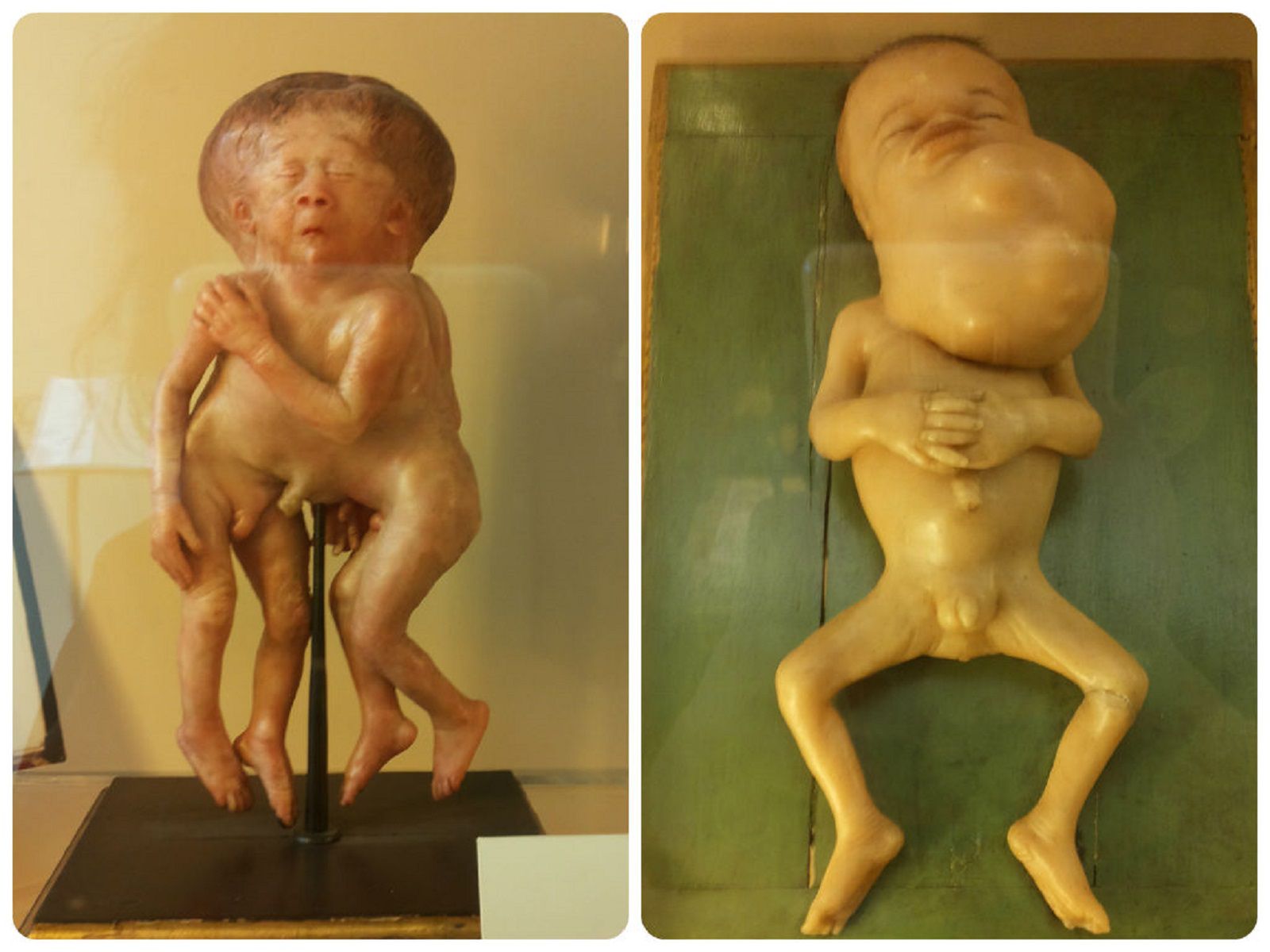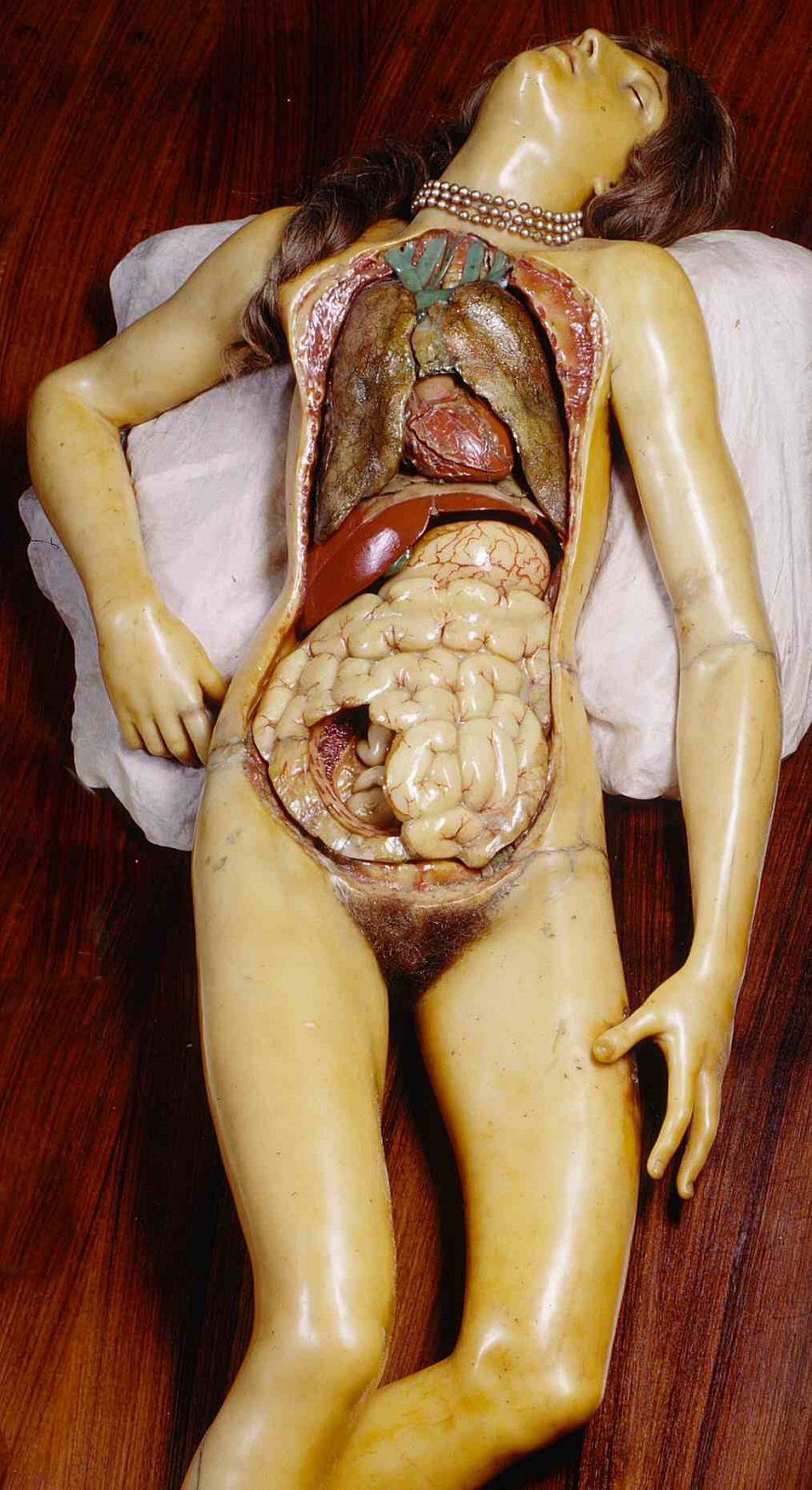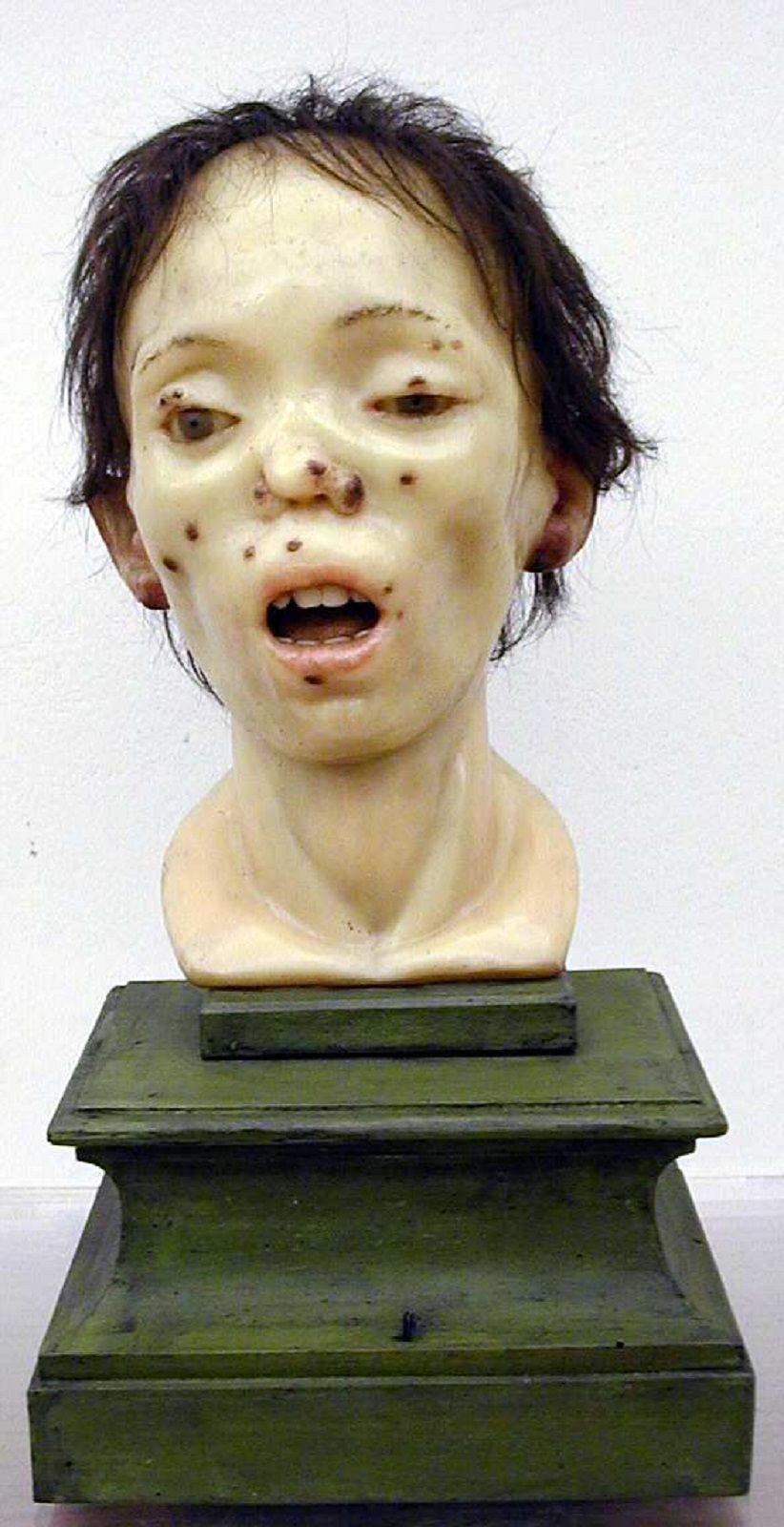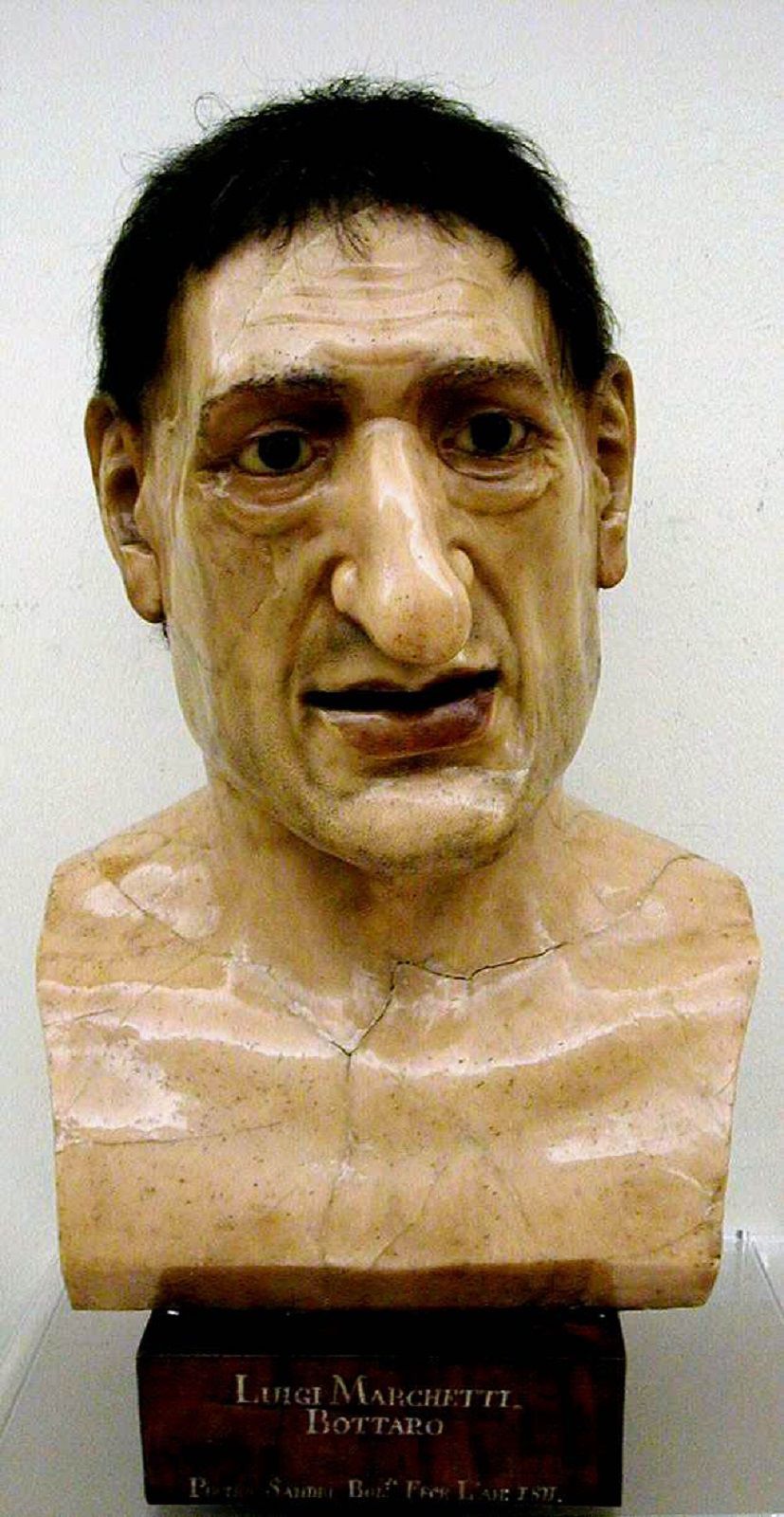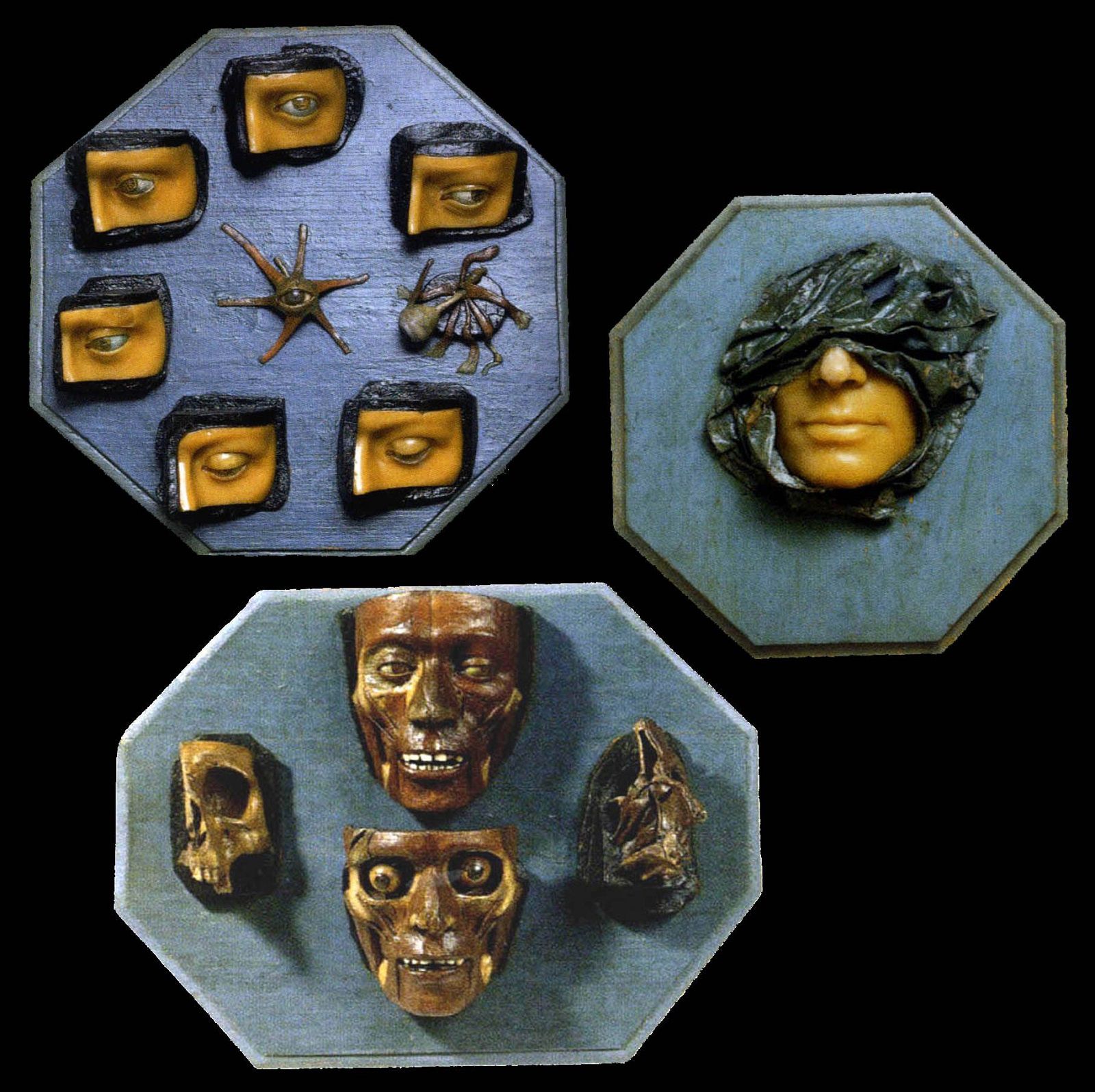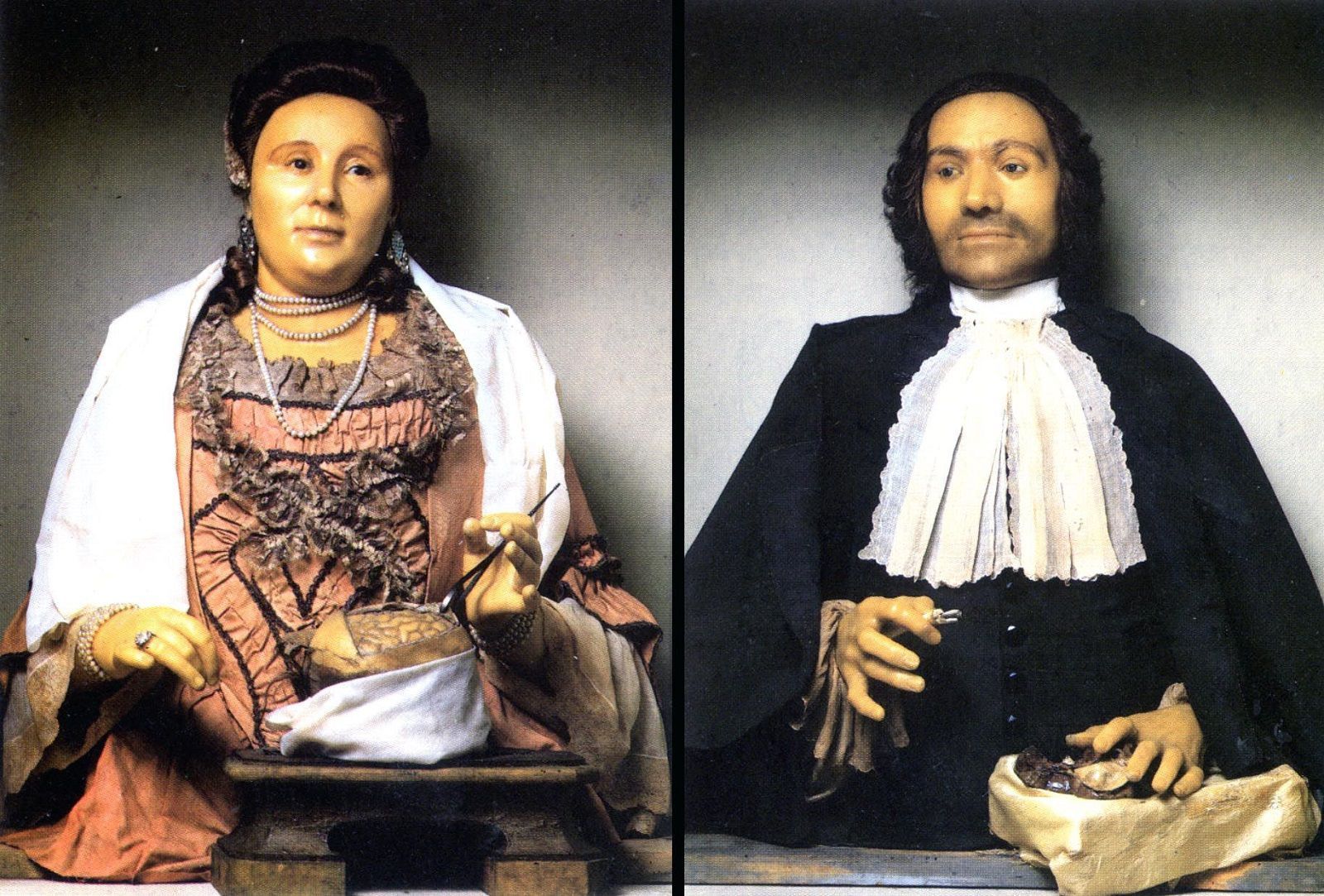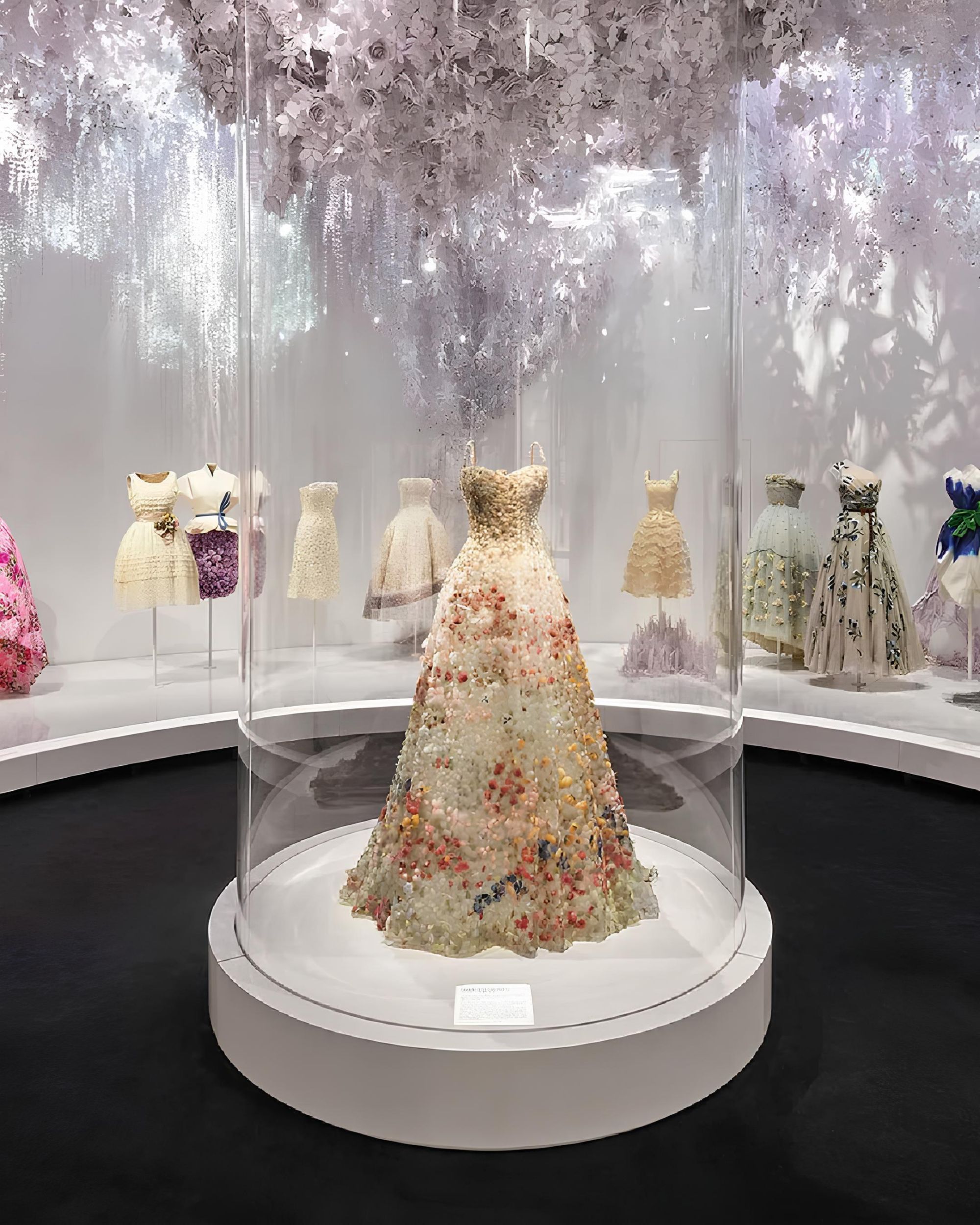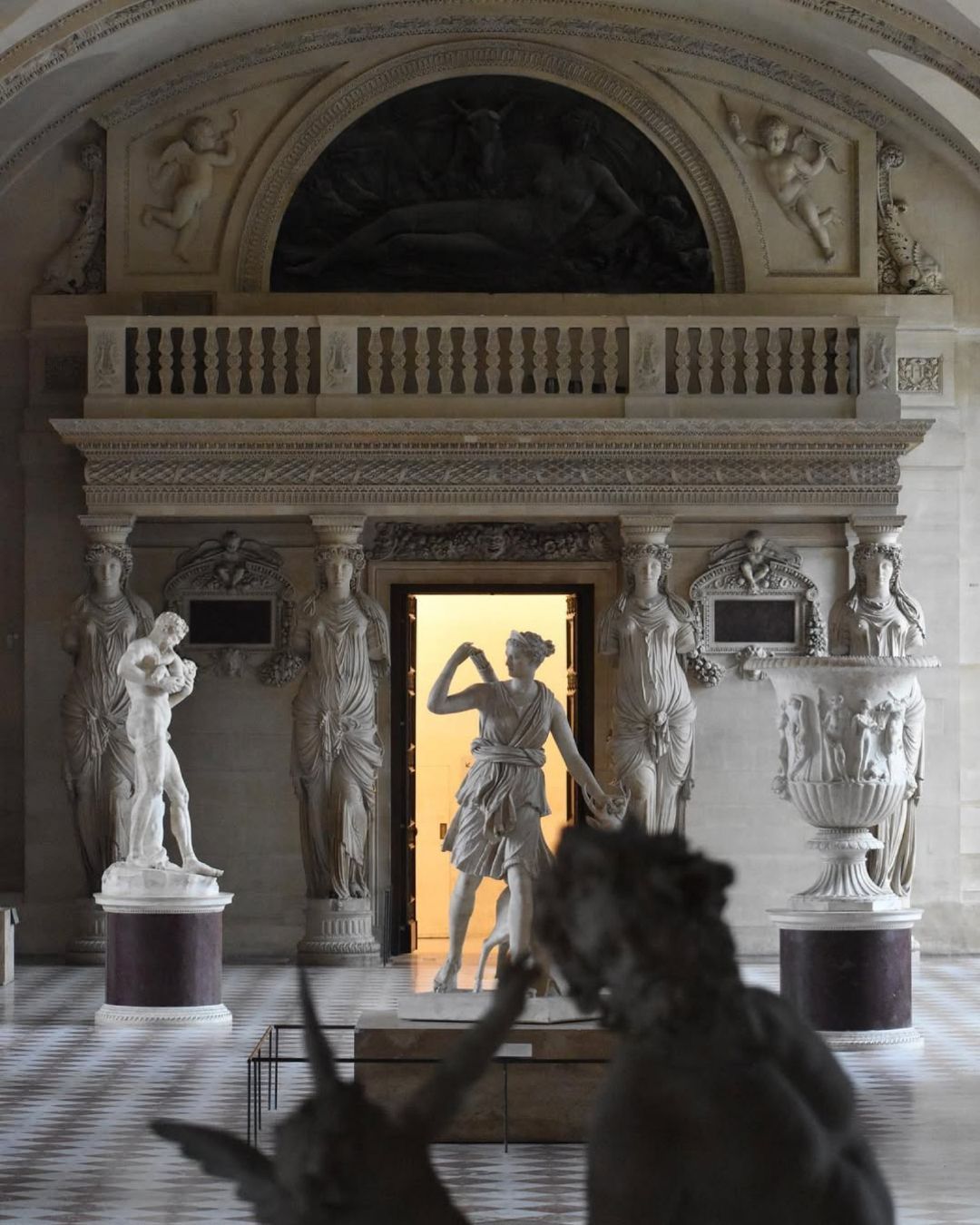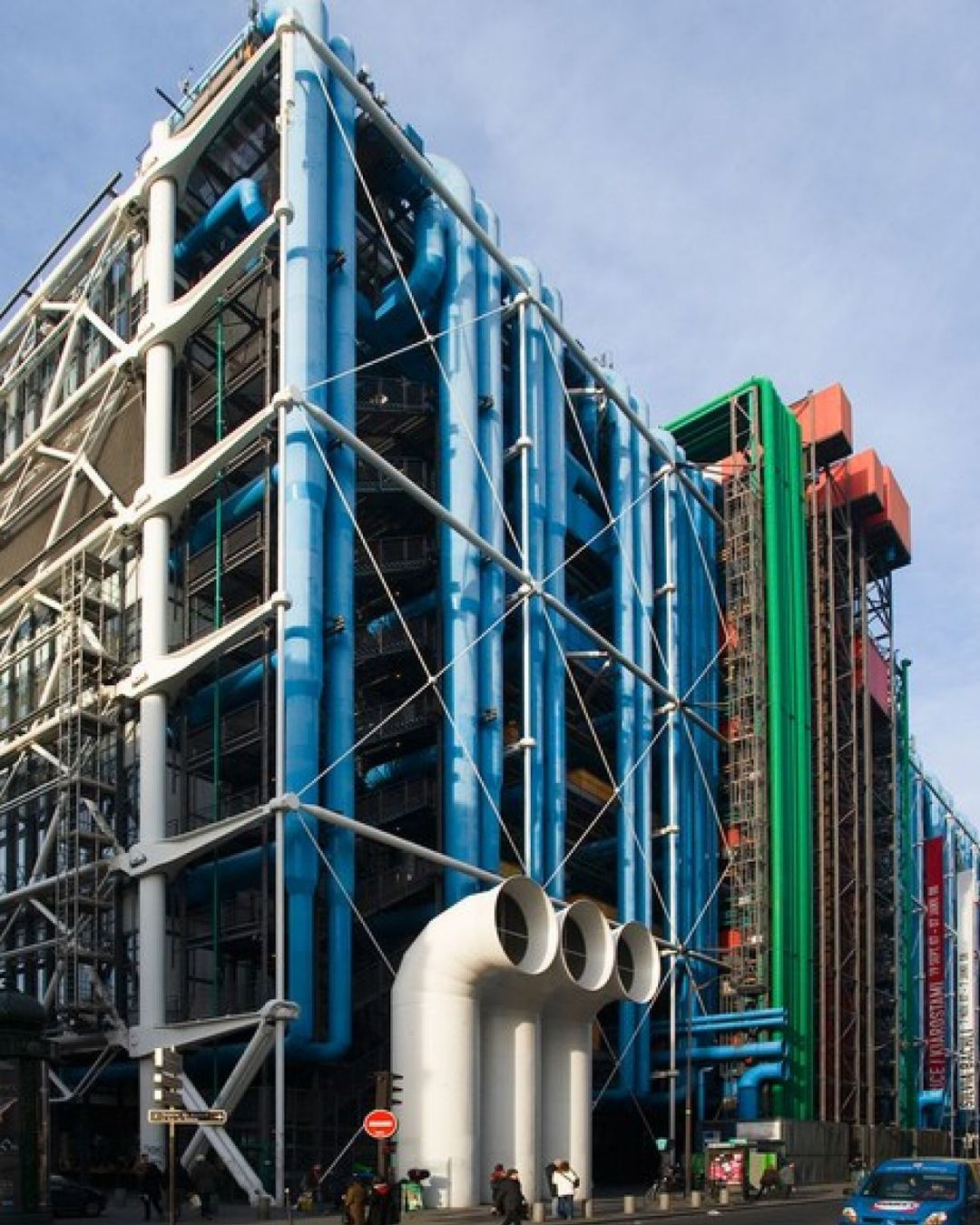
"Luigi Cattaneo" Museum of Anatomical Waxes The disturbing charm of human anatomy
For the weekly appointment with Sunday Escape, NSS takes you to a very special and interesting place, but certainly not suitable for people who are easily emotional. We are in Bologna, inside the Luigi Cattaneo Anatomical Wax Museum, a space inaugurated in 2002 where models showing parts of the human body created for educational purposes are exhibited. Here, on the second floor of via Irnerio 48, the collections of the Museo Anatomico Normale, the Museum of Anatomy and Pathological Histology, and the Cesare Taruffi Museum of Teratology, an important nucleus of material illustrating the path undertaken by the medical sciences in XVIII and XIX. The many display cases arranged in neat rows are a sort of reflection on the disease and on the way in which it affects the shape and the appearance of the human body, a journey at the same time disturbing and interesting among skulls; skeletons of children with severe congenital malformations; leather cuts with tattoos from the 1800s; depictions of the damage of serious diseases such as smallpox, plague or syphilis; samples of diseased organs; brain sections; studies on the various components of the face; ancient anatomical tables.
A wunderkammer where the main role is the precious anatomical waxes, works by artists such as Clemente Susini (also author of the waxes of the Specola of Florence), Giuseppe Astorri and Cesare Bettini. The University of Bologna was, in fact, the first institution to create a series of anatomical wax models for its medical students, a technique, that of using the wax model for this purpose, officially born in 1742 when Pope Benedict XIV commissioned to the academic Ercole Lelli the project of an Anatomical Chamber that contained statues and models of the human body. At that time the study on corpses was opposed in many European countries and therefore, the waxes were an excellent substitute for carrying out the studies. How did it work? The cast was first made of plaster on the organ or part of the body selected and then covered and molded in wax, painted and embellished with as much detail as possible. A real art form that the Luigi Cattaneo Museum brings to light.
A fun fact: the name of the museum is a tribute to Luigi Cattaneo, professor of Anatomy of the University, who is responsible for the rediscovery and restoration in the seventies, of the original collections of human anatomy, strongly damaged by the bombings of the last world war.










































